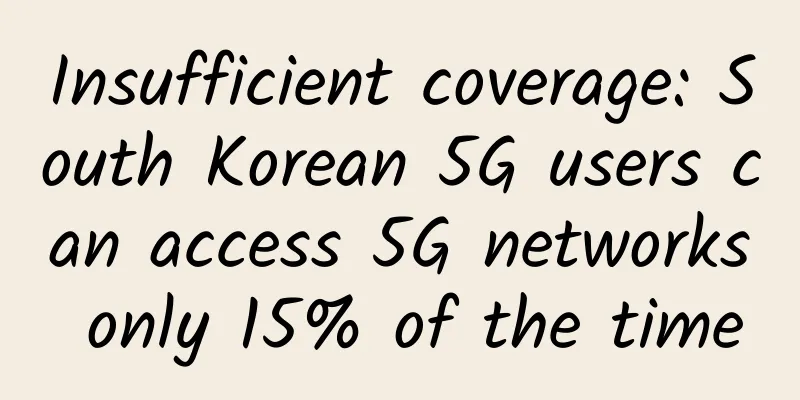Mobile 2G 3G 4G 5G Communication Base Station Architecture Evolution

|
Mobile communication systems have evolved from the first generation of mobile communication systems The fifth generation of mobile communication systems (5G) have also begun to be standardized and are expected to be commercially available in 2020. This article summarizes the base station architecture of 2G, 3G, 4G and 5G systems respectively. 12G The 2G communication system adopts a three-level network architecture, namely: BTS-BSC-core network. The 2G core network includes both the CS domain and the PS domain. The 2G communication system initially mainly adopted an integrated base station architecture. The integrated base station architecture is shown in the figure below. The antenna of the base station is located on the tower, and the rest is located in the machine room next to the base station. The antenna is connected to the indoor machine room through a feeder. The integrated base station architecture requires the establishment of a machine room under each tower, which has a long construction cost and cycle, and is not convenient for the expansion of the network architecture. Later it developed into a distributed base station architecture. The distributed base station architecture divides BTS into RRU and BBU. RRU is mainly responsible for modules related to radio frequency, including four modules: intermediate frequency module, transceiver module, power amplifier and filter module. BBU is mainly responsible for baseband processing and protocol stack processing. RRU is located on the tower, while BBU is located in the indoor machine room. Each BBU can connect multiple (3-4) RRUs. Optical fiber is used to connect BBU and RRU. 23G When developing 3G networks, in order to save network construction costs, the 3G network architecture basically remains consistent with 2G. The 3G communication system also uses a three-level network architecture, namely NodeB - RNC - core network. The 3G core network includes both the CS domain and the PS domain. The 3G era mainly adopted a distributed base station architecture. Similarly, the distributed base station architecture divides the NodeB into two parts: the BBU and the RRU. Three 4G When the 4G era arrived, the base station architecture underwent major changes. In order to reduce end-to-end latency, 4G adopted a flat network architecture. The original three-level network architecture was "flattened" into two levels: eNodeB-core network. Some of the RNC functions were split in the eNodeB, and some were moved to the core network. The 4G core network only includes the PS domain. 4G base stations basically adopt the architecture of distributed base stations. At the same time, the C-RAN architecture proposed and promoted by China Mobile is also gradually being promoted. The C-RAN architecture further centralizes, cloudifies and virtualizes the functions of BBU. Each BBU can connect 10-100 RRUs, further reducing the deployment cycle and cost of the network. Unlike traditional distributed base stations, C-RAN breaks the fixed connection between remote radio frequency units and baseband processing units. Each remote radio frequency unit does not belong to any baseband processing unit entity. The processing of sending and receiving signals on each remote radio frequency unit is completed in a virtual baseband base station, and the processing capacity of this virtual base station is composed of some processors in the baseband pool allocated by real-time virtualization technology. 4. 5G In order to further improve the flexibility of 5G mobile communication systems, 5G adopts a three-level network architecture, DU-CU-core network (5GC). DU and CU together form gNB, and each CU can connect to one or more DUs. There are multiple functional division schemes between CU and DU, which can adapt to different communication scenarios and different communication needs. |
<<: Digital Experience Monitoring and Network Observability
Recommend
How to solve the voice delay problem after core network upgrade
picture After an operator upgraded its core netwo...
10% off on all CMIVPS VPS, starting from $2/month for Hong Kong CN2 line, starting from $16/quarter for Seattle VPS Sparta
CMIVPS sent a 10% discount code for all VPS, incl...
Blockchain cross-domain security solution
1. Evolution of blockchain development Looking ba...
How much do you know about intelligent edge?
What is the Intelligent Edge? The so-called intel...
Grid development puts forward new requirements, 5G empowers new upgrades
The emergence of electricity has completely chang...
The global chip shortage is starting to have significant real-world effects
Over the past few weeks, the severity of the glob...
UDP, you need to feed the mouse!
[[353775]] The transport layer is located between...
Illustrated explanation of the past and present of four IO models
Recently, I have come to believe that when explai...
Understanding Observability and Opentelemetry in one article
√Introduction to Observability √Introduce the cor...
What the frequent failures of Internet data centers can teach us
Recently, Internet failures have occurred one aft...
Four network capabilities that digital enterprises should focus on
We live in an increasingly digital world where ou...
Why is the 5G signal weak and the network keeps dropping? Here is the truth
In recent years, "5G" has been a verita...
There are more than 400 million 5G terminal users nationwide. Why are we still “unaware” of 5G?
[[436803]] According to news from CCTV.com in Sep...
A topic worth pondering: Will the birth of Wi-Fi 7 replace 5G networks?
In recent years, wireless technology has develop...
A thread pool that novices can understand at a glance
I believe everyone can feel that using multithrea...









